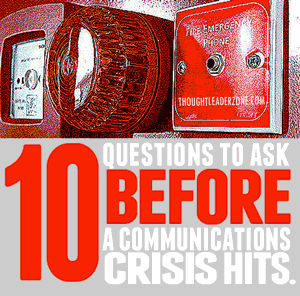 In the face of global urbanisation and climate challenges, the upcoming Singapore International Water Week 2012 (SIWW) will reinforce the pressing need for thought leaders to unite in their efforts to integrate sustainable water management strategies into the urban planning process.
In the face of global urbanisation and climate challenges, the upcoming Singapore International Water Week 2012 (SIWW) will reinforce the pressing need for thought leaders to unite in their efforts to integrate sustainable water management strategies into the urban planning process.
Focusing on the theme “Water Solutions for Liveable and Sustainable Cities,” SIWW will provide the platform to address these challenges and explore opportunities in the integration of water solutions and urban planning in cities around the world.

Held from 1-5 July in conjunction with the 3rd World Cities Summit and the inaugural CleanEnviro Singapore, SIWW will offer delegates, trade visitors and exhibitors a wide range of possibilities to hear industry thought leaders promote practical and sustainable water solutions. The events will allow participants to tap into a vast network of public and private sector players in urban solutions.
I’ll be there to report on what global water leaders and practitioners from the public and private sectors are debating and to participate in water dialogues, network with key industry players and see leading-edge technologies and best practices.
If you are planning to attend this event, contact me and we can have a coffee and share what we’ve heard from the world’s thought leaders on water and wastewater.






